Supporting an Active Lifestyle: Tips for a Faster Post-Workout Recovery
Making regular exercise a part of your life is a great choice for your health. Now, if you're wondering how to stick with this active lifestyle and bounce back faster after workouts, you're in the right place.
In this blog, we'll talk about why keeping active and exercising regularly is so important for your overall well-being. We'll look at the benefits of staying active, like getting healthier, managing your weight, and keeping your mind in a good place.
Plus, we'll share some simple tips to help you recover quicker and ease muscle soreness after workouts. We'll focus on basics like drinking enough water, eating the right foods, getting good rest, and using specific recovery tricks. We'll also touch on using homeopathy in your post-workout recovery, highlighting its personal touch and possible benefits. Stick around as we break down the ins and outs of staying active and recovering smartly.
BM187 may help with energy levels. Useful for consistent or occasional fatigue, appetite loss, and aching pains. It is effective for periods of stress or illness recovery.
The importance of working out and having an active lifestyle
Maintaining an active lifestyle and incorporating regular workouts into your routine is crucial for overall well-being. Let's dive into why staying active is important and its positive effects on your physical and mental health.
Firstly, regular physical activity helps keep your body in good shape. When you exercise, you strengthen your muscles, improve your cardiovascular health, and enhance your flexibility. This contributes to a more attractive physical appearance and ensures that your body functions optimally. A strong and healthy body is better equipped to handle the demands of daily life.
Moreover, regular workouts play a vital role in managing body weight. Exercise helps burn calories, making it easier to maintain a healthy weight or achieve weight loss goals. Combined with a balanced diet, physical activity becomes a cornerstone of effective weight management, reducing the risk of obesity-related health issues such as heart disease and diabetes.
In addition to the physical benefits, an active lifestyle significantly impacts mental well-being. Exercise stimulates the release of endorphins, often called "feel-good" hormones. These chemicals in the brain help alleviate stress, anxiety, and depression, promoting a positive mood and mental clarity. Regular physical activity has even been linked to improved sleep quality, further supporting mental health.
Furthermore, staying active is crucial for maintaining a strong immune system. Exercise promotes better circulation, allowing immune cells to travel more efficiently throughout the body. This enhances the body's ability to fight illnesses and infections, keeping you healthier in the long run.
An active lifestyle also fosters discipline and perseverance. Committing to a regular workout routine requires dedication and consistency, traits that extend beyond the gym or exercise space. These qualities can positively influence other aspects of your life, such as work, relationships, and personal development.
Lastly, engaging in physical activity allows you to interact socially. Whether it's joining a sports team, participating in group fitness classes, or simply going for a walk with friends, being active can help you build and strengthen social connections. Social engagement is essential for mental and emotional well-being, contributing to a sense of belonging and support.
So, regular exercise contributes to physical fitness and weight management and is crucial to mental health, immune system function, and overall well-being. Embracing an active lifestyle is an investment in your health that pays dividends in various aspects of life.

How to recover faster and reduce muscle soreness after working out
Recovering faster after a workout and minimizing muscle soreness involves a combination of strategies that focus on proper nutrition, hydration, rest, and specific recovery techniques. Here are some of the aspects you should pay attention to help you recover more effectively, as well as some tips:
- Hydration:
Why: Sweating during exercise leads to water loss. Rehydrating helps your body function well and reduces muscle soreness.
How: Drink water before, during, and after your workout. Aim for at least 8 glasses a day.
- Nutrition:
Why: Eating the right foods helps your muscles repair and refuel after exercise.
How: Have a meal or snack with both protein (like meat, eggs, or beans) and carbohydrates (found in grains, fruits, and veggies) within an hour of finishing your workout.
- Protein-Rich Snacks:
Why: Snacking on protein-rich foods between meals helps maintain a steady supply of amino acids, supporting muscle repair.
How: Include snacks like Greek yogurt, nuts, or a protein shake in your daily routine.
- Include Omega-3 Fatty Acids in Your Diet:
Why: Omega-3 fatty acids have anti-inflammatory properties, which can aid in reducing muscle soreness.
How: Include foods like salmon, walnuts, and flaxseeds in your diet.
- Cool Down:
Why: Cooling down helps your heart rate return to normal and prevents stiffness.
How: Spend 5-10 minutes doing light exercises like walking or slow jogging, followed by gentle stretching.
- Stretching:
Why: Stretching keeps your muscles flexible, reducing the chances of soreness.
How: Stretch major muscle groups gently before and after your workout. Hold each stretch for about 15-30 seconds.
- Rest and Sleep:
Why: Your body repairs and strengthens when you rest, especially during sleep.
How: Aim for 7-9 hours of sleep each night. Allow your muscles to recover by taking rest days between intense workouts.
Natural Sleep Aid & Supplement is best used to minimize the symptoms of insomnia. It may prevent nighttime behavioral problems and restore healthy and regular sleep patterns. Support for calmness to promote natural, peaceful sleep.
- Ice or Cold Therapy:
Why: Applying cold can reduce inflammation and numb pain.
How: Place an ice pack or cold cloth on sore areas for 15-20 minutes.
- Compression Gear:
Why: Compression garments improve blood flow, helping reduce swelling and muscle fatigue.
How: Wear compression socks or sleeves during or after workouts, especially for activities like running.
- Massage:
Why: Massaging helps increase blood flow and relax tense muscles.
How: Consider regular massages or use a foam roller on sore areas. Roll slowly and focus on muscle groups.
- Active Recovery:
Why: Gentle activity on rest days keeps blood flowing without causing fatigue.
How: Do light exercises like walking, swimming, or cycling at a comfortable pace.
foto
- Proper Warm-Up:
Why: Warming up prepares your muscles for exercise, reducing the risk of injury.
How: Before your main workout, spend 5-10 minutes doing light cardio (like brisk walking or jumping jacks).
- Epsom Salt Bath:
Why: Epsom salt baths may ease muscle soreness due to their magnesium content.
How: Add Epsom salts to a warm bath and soak for 15-20 minutes.
- Stay Consistent:
Why: Regular exercise helps your body adapt, making it more resilient to soreness over time.
How: Stick to a consistent workout routine. Gradually increase the intensity to allow your body to adjust.
- Use Heat Therapy:
Why: Heat increases blood flow, promoting relaxation and reducing muscle stiffness.
How: Apply a warm towel or take a warm bath to relax muscles, especially before stretching.
- Stay Mobile Throughout the Day:
Why: Keeping your body active throughout the day helps prevent stiffness.
How: Take short breaks to stand, stretch, or walk, especially if you have a sedentary job.
- Focus on Breathing Techniques:
Why: Deep breathing can help relax tense muscles and reduce stress, contributing to faster recovery.
How: Practice deep, slow breathing exercises, especially during cooldowns and stretching sessions.

Consistently incorporating these practices into your routine will help your body recover faster and minimize muscle soreness after working out. Remember, everyone's body is different, so listen to your body and adjust these strategies based on what works best for you.
How can homeopathy aid you in post-workout recovery:
Homeopathy is a holistic approach to health that considers different aspects, including physical, emotional, and mental aspects. Here's a simple explanation of how homeopathy is believed to aid in post-workout recovery:
- Reducing Inflammation:
-
- Homeopathic remedies are often chosen based on the principle of addressing symptoms at their root. Homeopathic remedies have anti-inflammatory properties, potentially aiding in the reduction of post-workout inflammation.
- Alleviating Muscle Soreness:
-
- Certain homeopathic remedies have properties that may relieve muscle soreness. These remedies are selected based on the specific characteristics of the soreness, such as its location, type, and accompanying sensations.
- Addressing Joint Discomfort:
-
- Homeopathic remedies could be chosen based on the specific characteristics of joint discomfort, considering factors such as stiffness, swelling, or aggravation with movement. Homeopathy aims to provide relief and support joint recovery by addressing these symptoms individually.
- Boosting Immune Function:
-
- Homeopathy focuses on promoting the body's self-healing mechanisms.
- Specific remedies may help support the immune system, potentially reducing the risk of post-workout infections or illnesses.
- Balancing Energy Levels:
-
- Homeopathy aims to address imbalances in the body. If post-workout fatigue or energy depletion is a concern, homeopathic remedies chosen for their potential to restore energy balance might be recommended.
- Individualized Treatment:
-
- Homeopathy emphasizes individualized treatment, as it considers the physical symptoms and the person's mental and emotional state. This holistic approach may provide a comprehensive understanding of factors contributing to post-workout recovery issues.
- Improving Sleep Quality:
-
- Sleep is crucial for recovery, and disruptions in sleep patterns can affect post-workout recovery. Homeopathic remedies addressing sleep issues may be recommended, considering factors such as difficulty falling asleep, frequent waking, or restless sleep.

- Supporting Mental Clarity and Focus:
-
- Post-exercise fatigue can sometimes lead to mental fog or a lack of focus. Homeopathic remedies can enhance mental clarity and concentration, considering individual symptoms and experiences.
- Enhancing Overall Well-being:
-
- Homeopathic treatment often focuses on enhancing the overall well-being of an individual. This includes factors like stress management, sleep quality, and emotional balance, which are crucial aspects of effective post-workout recovery.
In summary, homeopathy is thought to aid post-workout recovery through its principles of addressing symptoms at their core. It may help reduce inflammation, alleviate muscle soreness, balance energy levels, and address individualized concerns. Homeopathy also considers the holistic well-being of an individual, including mental and emotional factors. It's advisable to consult with a qualified homeopathic practitioner and your primary healthcare provider.
Top 10 Homeopathic Remedies to help you recover faster
Here are 10 commonly used Homeopathic remedies to help your body recover post-workout and support an active lifestyle.
1. Arnica Montana:-
- Usage: Arnica is widely known for addressing trauma, bruises, and soreness.
- Consideration: Useful for general muscle soreness and stiffness after intense workouts.
2. Rhus Tox:Arnica Montana 30c is best used for shoulder, neck, and back pain. Provide support for bruising and muscle soreness from overexertion or injury. It may help with strains, sprains, and swelling.
-
- Usage: Rhus Tox is often used for stiffness and discomfort that improves with movement.
- Consideration: Helpful for muscle stiffness and joint discomfort after prolonged periods of inactivity.
3. Bryonia Alba:Rhus Tox 30c is recommended for joint pain, swelling, and stiffness aggravated by cold and damp weather. Support for motion.
-
- Usage: Bryonia is chosen for sharp stitching pains aggravated by movement.
- Consideration: Suitable for muscle soreness that worsens with motion.
4. Ruta Graveolens:Bryonia Alba 30c is recommended for joint pain that gets worse with motion.
-
- Usage: Ruta is indicated for overuse or strain of tendons and ligaments.
- Consideration: Useful when there is a feeling of soreness and weakness in the muscles or tendons.
5. Symphytum Officinale:Ruta Gr 30c may help your body deal with joint injuries or strain and bruised tendons.
-
- Usage: Symphytum is associated with bone and cartilage injuries.
- Consideration: This may be considered for strains or injuries involving bones or joints.
-
- Usage: Bellis Perennis is known for its action on deep muscle soreness.
- Consideration: Helpful for muscular soreness and bruised sensation following intense physical activity.
7. Calcarea Carbonica:Bellis Per 30c is designed to support your body when dealing with bruised soreness and sore joints.
-
- Usage: Calcarea is often used for fatigue and muscle weakness.
- Consideration: Suitable for individuals who feel worn out and tired after workouts.
8. Natrum Sulphuricum:Calc Carb 30c may help your body deal with cradle cap and overwork.
-
- Usage: Natrum Sulph is indicated for muscle soreness with swelling.
- Consideration: This may be considered for soreness accompanied by water retention or swelling.
9. Cuprum Metallicum:Nat Sulph 30c is designed to support your body when dealing with cough and flatulence.
-
- Usage: Cuprum is associated with cramps and spasms in muscles.
- Consideration: Useful for muscle cramps or spasms during or after exercise.
-
- Usage: Kali Phos is known as a nerve tonic and may aid in mental and physical fatigue.
- Consideration: Suitable for individuals experiencing mental and physical fatigue after prolonged exertion.
Kali Phos 30c may help your body deal with nervous prostration, mental and physical depression, and delayed labor.
The Bottom Line
In conclusion, maintaining an active lifestyle and integrating thoughtful recovery practices are crucial for optimal health. Engaging in regular exercise not only fosters physical fitness but also profoundly influences mental and emotional well-being.
Strategies such as hydration, balanced nutrition, proper rest, and targeted muscle recovery techniques are essential components of a well-rounded post-workout routine. Adding homeopathy to the mix brings personalized remedies tailored to your specific symptoms.
By combining these strategies, you can enhance your overall health, recover effectively after workouts, and enjoy a balanced approach to well-being.
Remember, the journey to a healthier lifestyle is unique for each person, and finding what works best for you is key.


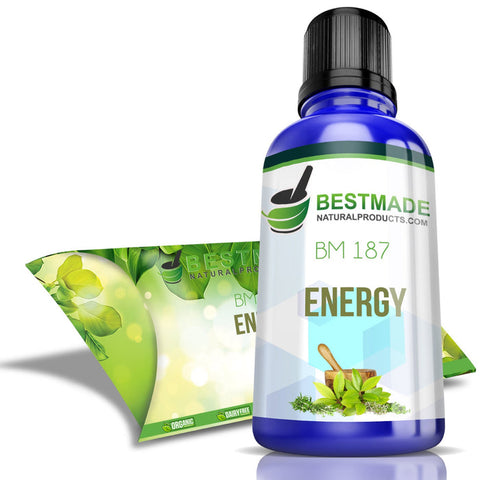
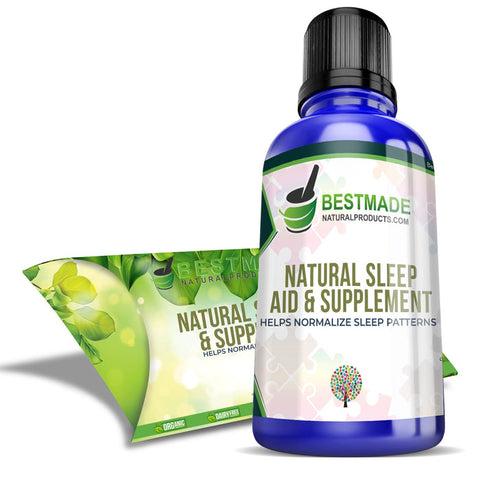
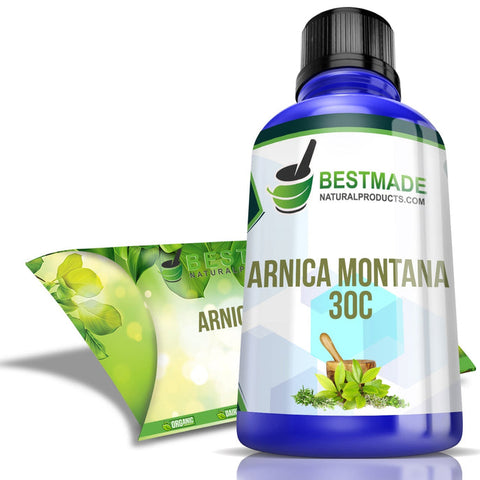
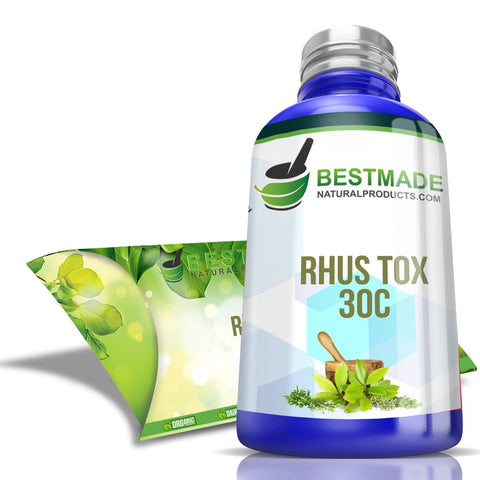

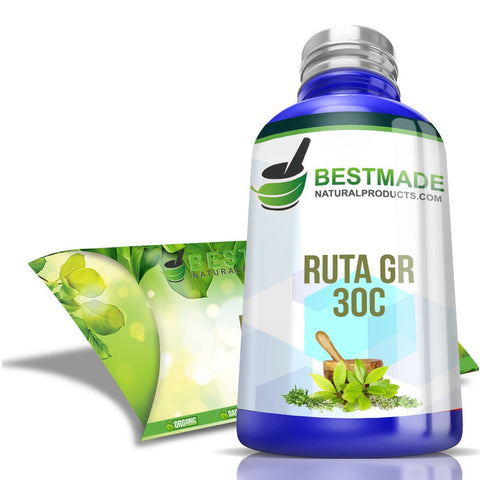
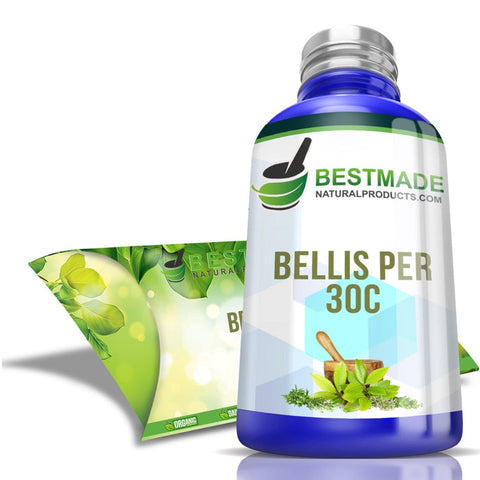
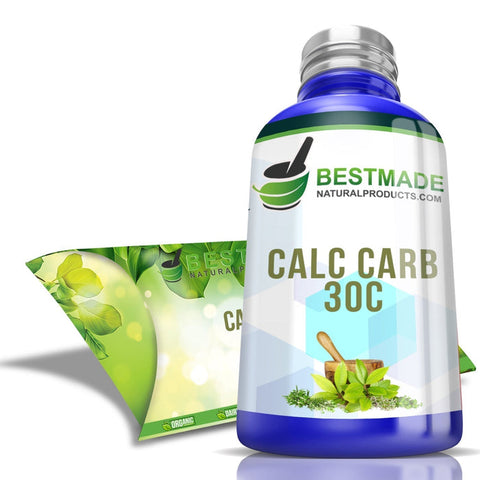
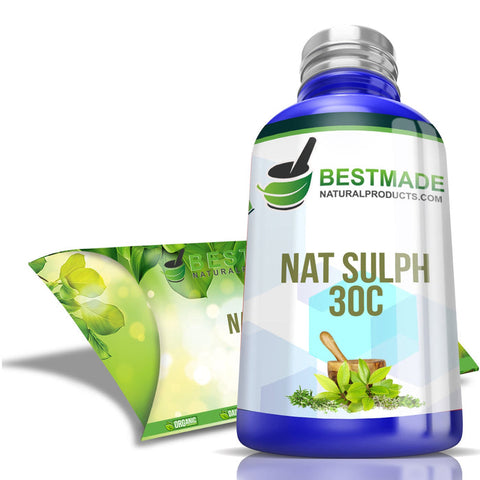

Deixe um comentário